
CALGARY, Alberta – The oil and gas industry’s technological innovation over the last 150 years is truly astonishing, which his why its lackadaisical adoption of artificial intelligence is so jaw-droppingly surprising.
Geophysicists have figured out how to vibrate the earth’s crust and use seismic imaging to accurately describe rocks that are thousands of meters below the surface. Mechanical engineers have designed tools that can steer a drill bit through a very narrow band of oil for over 2 or 3 kilometers. Electrical and computer engineers have leveraged aerial drones to remotely monitor field operations to save companies millions of dollars.
Read More: 91.3% of Calgary head-office oil & gas staff abuse recreational drugs.
Read More: Geologists are strange?? Nooo… you don’t say.
Likewise, petroleum engineers, geophysicists, and petrophysicists have collected billions of data points from tens of thousands of various devices to design the most productive wells. But when it comes to figuring out exactly the best location to drill a well, the industry is still dabbling – until now.
“There has been a lot of interest, a lot of buzz, and there’s a lot of proof of concepts around the idea of automating the task of picking drilling locations, which is typically left to inept exploration and development geologists,” said Feir Northrod, co-founder of BARK Capital, a Calgary-based firm that reports on oil industry data and trends. “But leave it to a group of engineers to invent a novel technology called Simulated-Geo-AI (SG-AI) to essentially render geologists even more useless than ever before!”
According to NaithinWorx Engineering, the Edmonton-based consulting firm that invented Simulated-Geo-AI, the technology is actually quite simple, yet it is able to reduce the number of drilled & abandoned wells by up to 85% compared to wells selected for drilling by even the most well-seasoned geologists.

“Over the course of 5 years we studied the performance of various groups of exploration and development geologists over a broad spectrum of companies around the world. And we found that the success rate for the rock jocks picking economic well locations was significantly worse that of pure chance. So, we knew it wouldn’t be difficult to out-perform them with even the simplest machine learning logic.” – Dick Halfapush, President of NaithinWorx.
The company created a red 5” diameter button that reads, ‘Drill Here,’ that is connected to a computer via USB that is running specialized software called NoGeo. The NoGeo software contains a map interface that shows all of the locations that were picked by the company’s geologists. When the Drill Here button is pressed, the sophisticated SG-AI algorithms select a location in a random location on the map that is nowhere near one of the ones selected by the human geologist. “In our testing, we found that the completely arbitrary locations selected by SG-AI (which are always at least 5 km away from the ones selected by the so-called earth scientists), were 27-fold more successful,” Dick continued. “And this was the value-proposition to our clients – to drastically reduce geologist staffing costs across the board and get better results.”
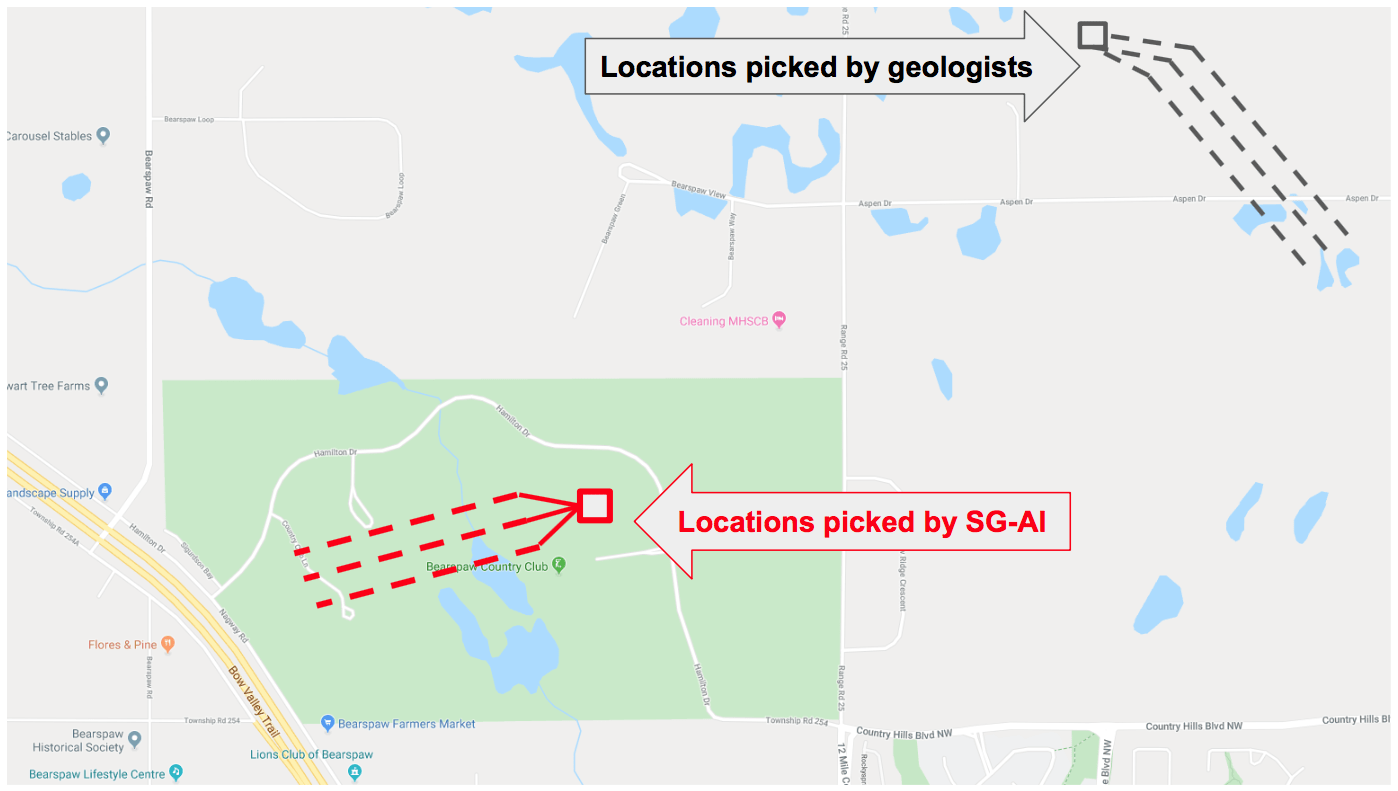
Read More: Geologists at Crashent Point Energy invent office-chair Recline Analysis in their spare time
Opponents to the technology believe that it will put geologists out of work. Craven Moorepole with the Association for Western Canadian Exploration Geologists told 2P News that, “It has already been a pretty hard go for geologists since early 2015, especially for those involved with exploration in the Western Canadian Sedimentary Basin. A Drill Here button will make it even worse for the 7 geologists lucky enough to be working here in downtown Calgary.”
Non-geoscientists throughout the industry rejoice the technology and look forward to the days when they see a whole lot less khaki and zip-off shorts gracing their office spaces.

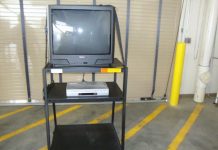
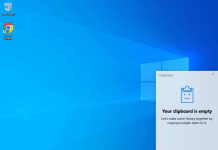

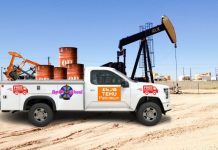






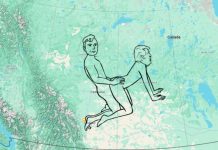

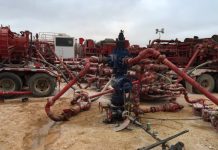
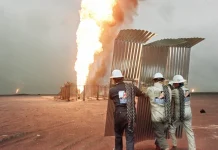







did anyone else notice that all of this great technology of AI only works after someone else has drilled enough wells to give you a meaningful dataset. it is useless and pointless up to that point.
by then the area is drilled up and people have, generally, learned from their mistakes.
I know. Goodness. But any technology that reduces involvement from geoscientists is good in my books. Have you ever worked with one?!??